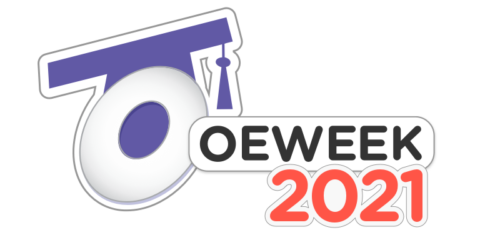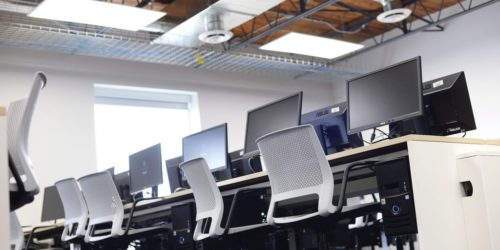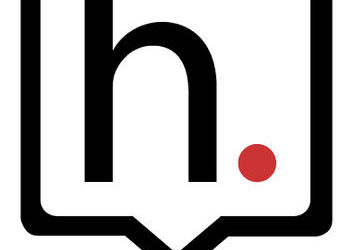Finding Images
Images add relevance and interest to presentations and help diversify instruction. This page will connect you with a variety of sources to find images for teaching, and some tips for adding them to presentations.
Below are some of our favourite image sources, collected from suggestions from Library Services, faculty and the Teaching and Learning team. Try a few in your presentations and course material.
Creative Commons Images
A stock image is a generic picture of a scene. They are easy to find, and often can be used to set an affective tone or general visual reference in a slide deck.
Some of our favourites:

- Creative Commons images
- WikiMedia Commons
- Photos For Class
- The Gender Spectrum Collection
- Unsplash
- Pixabay
- Pexels
Many stock images are Creative Commons licensed, and so appropriate for use in the classroom. Many have citation generators, and only require attribution in citation.
Learn more about Creative Commons licenses are and how to use them.
Library Databases
Search through the Library’s image databases to find images that might be more industry specific or harder to find. Connect with the Library to request images that may be harder to find.
Searching Google by Usage Rights
Do a Google search, then filter the results by usage rights to make sure the images you’re looking at are openly licensed. Choose from these.
Vectors

Vectors are simple and scalable icons or images which can often be used in representative ways. Think of the icons used in apps on a mobile device.
Try some of these sources for vectors. Some have paid services, but we recommend staying with the free options.
When using Google to search for images, add the term “vector” to your search to help the results reflect these types of images. Also, filter by usage rights to make sure you are finding Creative Commons or openly licensed images.



